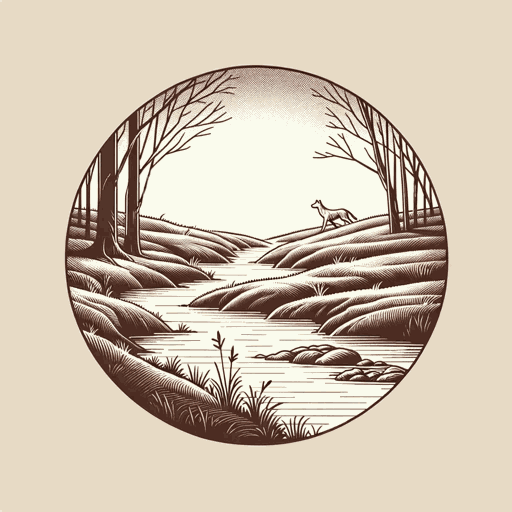27 pages • 54 minutes read
Alberto Alvaro RiosThe Secret Lion
Fiction | Short Story | YA | Published in 1984A modern alternative to SparkNotes and CliffsNotes, SuperSummary offers high-quality Study Guides with detailed chapter summaries and analysis of major themes, characters, and more.
Summary and Study Guide
Summary: “The Secret Lion”
“The Secret Lion” first appeared in Alberto Álvaro Ríos’s first short story collection, The Iguana Killer, published in 1984. Ríos, an Arizona native and distinguished professor at Arizona State University for 35 years, is a poet and author whose works center on his experience growing up Latinx. His work is now largely considered classic Chicano literature. Ríos received the Latino Literary Hall of Fame award for his memoir, Capirotada, and was named Arizona’s inaugural poet laureate, among many other distinctions. This guide follows the 1998 edition of The Iguana Killer published by University of New Mexico Press.
The story follows an unnamed male narrator reflecting on his difficult transition from elementary school to junior high. He is overwhelmed by having many teachers, learning about relationships with girls, and getting in trouble at school. The narrator compares this experience to the roars of a lion.
Around this time, the narrator and his friend, Sergio, frequently go to an arroyo (a creek bed that periodically floods) where they shout bad words, as well as their frustrations and feelings, out into the void. On one of their trips to the arroyo, the characters find a “grinding ball thing used in mining” that fell from a passing train (99). Fascinated by its perfect roundness and novelty, they play with it but are too afraid to take it home; the narrator worries that his mother will tell him to throw it away. Instead, they bury the object and mark the spot to come back later. However, when they return, they can’t find it.
This disappointment reminds the narrator of an incident from his past. When he was five years old, the narrator and his family moved out of the town of Nogales, Arizona, to its more rural outskirts. This was when the narrator and Sergio first encountered the arroyo. At this time, the arroyo had running water, and the boys visited in defiance of the narrator’s mother, who had forbidden them from going there. A nearby sewage treatment plant would release its waste unexpectedly, and the boys sometimes got caught in the unnamed muck.
Tired of getting covered in sewage, the narrator and Sergio decided to find out what was in the opposite direction of the arroyo, over the hills. Again, the narrator’s mother forbade the excursion, but the boys were determined. They reasoned that the adults were trying to keep something amazing from them and announced that they would be gone for three days, to which the narrator’s mother simply replied, “All right.” Deciding that they would be hungry on their trek, the boys packed their rucksacks not only with Cokes and supplies for sandwiches, but also with unnecessary condiments and silverware. When they set off, the narrator’s mother watched as they walked up into the hills.
After climbing the first hill, the narrator and Sergio were exhausted. Deciding that it was noon based on their interpretation of the sun’s position, they looked for a place where they could eat and emerged over the top of the hill to find a spot that the narrator compares to heaven. It was green, lush, and dotted with trees. The boys were astounded, as they were unaccustomed to this kind of vibrant landscape in Arizona. It made them feel rich, and they put on airs and affectations mimicking their idea of wealthy people. They made their sandwiches and got comfortable, spreading out their dishes, silverware, and drinks. The narrator put his Coke into a readymade hole, lied down, and enjoyed what he believed to be the lap of luxury.
Before long, someone came over the hill and yelled at the boys, telling them to take the Coke bottle out of the hole: The narrator and Sergio had unknowingly stumbled onto a golf course. They were so cowed that they returned home immediately.
Back in the present, the narrator reflects on the loss of the grinding ball. In the end, he and Sergio don’t look too hard for the grinding ball, acknowledging that it was perfect and that they might lose this perfection if they recovered the ball. The narrator links this feeling and this loss to the metaphorical lion.

